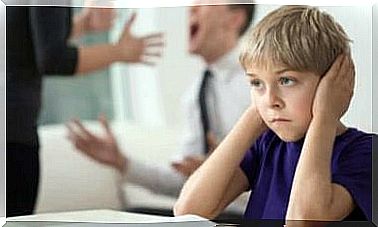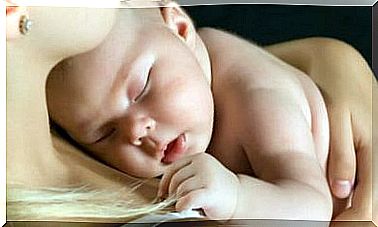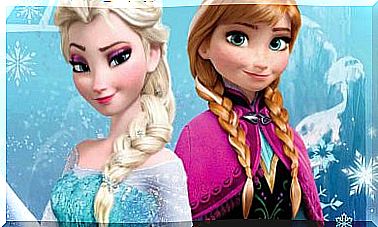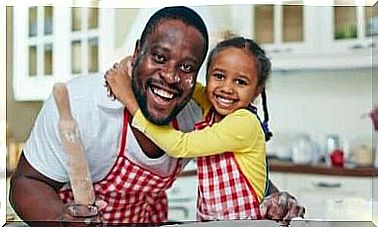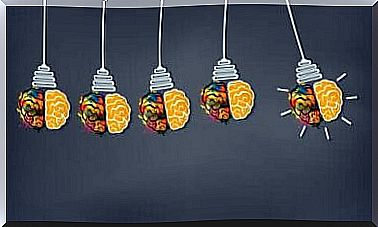What Different Methods Can Be Used To Teach Children To Read?
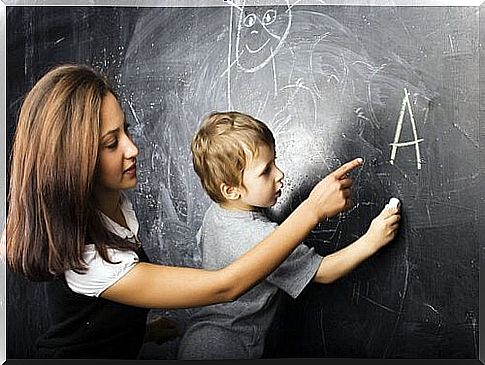
Children can be taught to read in many different ways, and each method used has its own characteristics that we will talk about today.
Nearly half of children learn to read in preschool and first grade. A small proportion of children can read at the age of 5, very few at the age of 4. Reading and writing are two parts of the same process and are taught in parallel. Literacy is also a very important skill because being able to read and write helps a child to understand many other topics and things.
What different methods can be used to teach children to read?
Alphabetical method
This is a method that teachers have used to teach literacy since ancient times, and its principle is to follow the alphabet. In other words, the child learns each letter individually in order, learning the name of the letter and how to pronounce it. At the same time, he learns to write a letter.
With each letter he learns, the child also learns simple combinations of consonants and vowels. This is how he forms a syllable – for example l + a = la. He starts with two-letter syllables and later progresses to longer syllables and eventually words. Once a child has learned to form words, he or she begins to figure out how to form whole sentences.
In the alphabet-focused learning method, reading begins mechanically. Once the child has learned the necessary skills, he or she moves on to expressive reading with punctuation. Eventually, he will master holistic, meaningful reading.
Syllabic method
In this method, learning begins with learning vowels – a, e, i, o, u, y, ä, ö. After this, the child begins to learn consonants, starting with those that are easiest to pronounce.
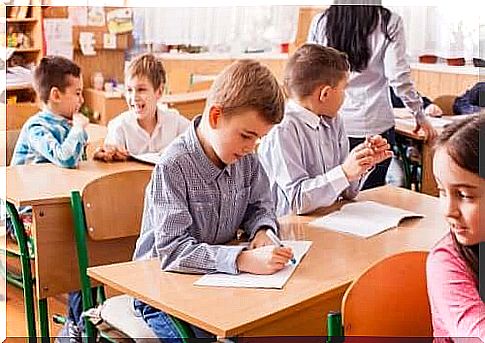
Consonants are followed by the formation of syllables, and each consonant is used in conjunction with each vowel — for example, ma, me, mi, mo, mu, my, mä, mö. Gradually, the child learns to form more complex syllables, words eventually sentences.
Phonetic method
In this method, phonetic, i.e., pronunciation and sound, material is used to teach literacy. Learning begins when a teacher teaches a child how to pronounce each vowel, using pictures or objects whose name begins with the letter being learned. As you learn to read vowels, you also practice writing them.
We then move on to consonants using the same teaching technique. The child learns to associate each consonant with vowels and thus forms simple syllables – for example, pa, pe, pi, po, pu.
The teacher then uses the syllables the child now knows to form simple words and then sentences that use those words. Finally, the teacher teaches the student inverted and complex syllables as well as double and triple rules. Once these syllables are integrated into learning, they begin to be used in words and phrases.
Global method
There is also a lesser known way to teach a child to read, and it is based on global learning. However, its developers warn that this global or analytical technique only works in a concrete and intuitive frame of reference.
The principle of the method is to approach literacy in a way that children learn to speak. From the beginning, the teacher presents different units that have a fixed meaning. With the help of visual memory, the child learns to recognize sentences and the words within them. He learns to make connections and recognize elements that are the same in different words, and thus learns to recognize letters.
The word written in this approach is simply a graphical representation of the image in the child’s mind.
The time that children spend learning literacy using this method varies considerably from individual to individual. The speed of learning depends, among other things, on the child’s maturity, the type of intelligence and the ability to settle in time and place.
This technique of teaching to read and write is divided into three clear stages, namely comprehension, processing, and production. In the last stage, the child fully understands what he or she has read and is able to describe the content of the text and answer questions about it. He is also able to write short letters, descriptions and essays.
Children who learn to read and write using this method grow into fast and fluent readers, probably because they quickly understand what they are reading.
The techniques we present for teaching and learning literacy also work well outside the classroom. It is a good idea for parents to set aside time at home to develop their child’s literacy skills.


